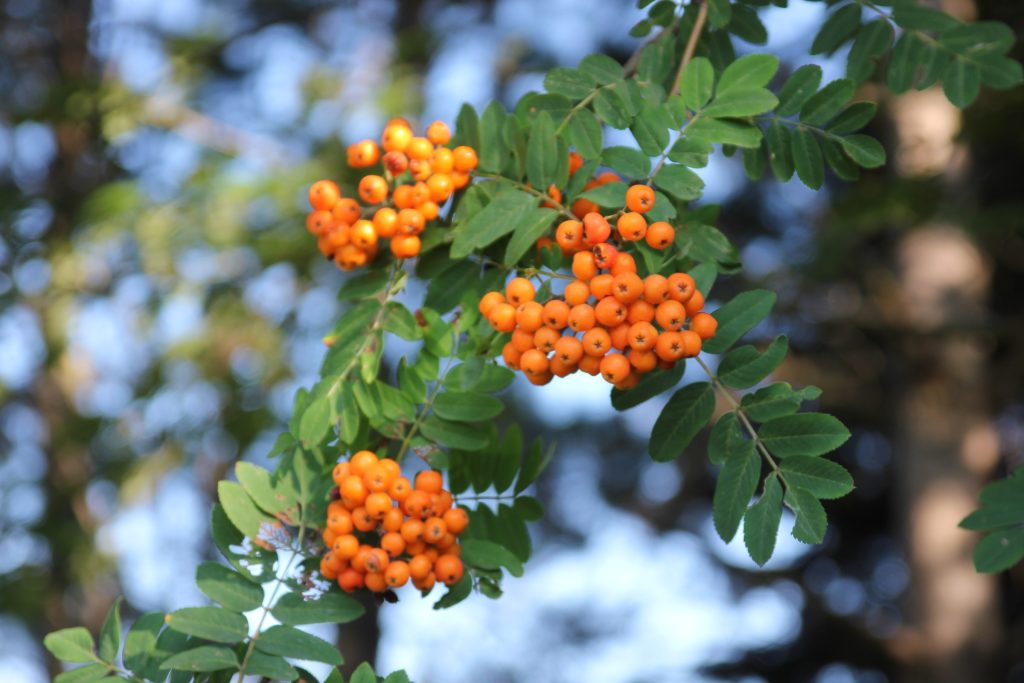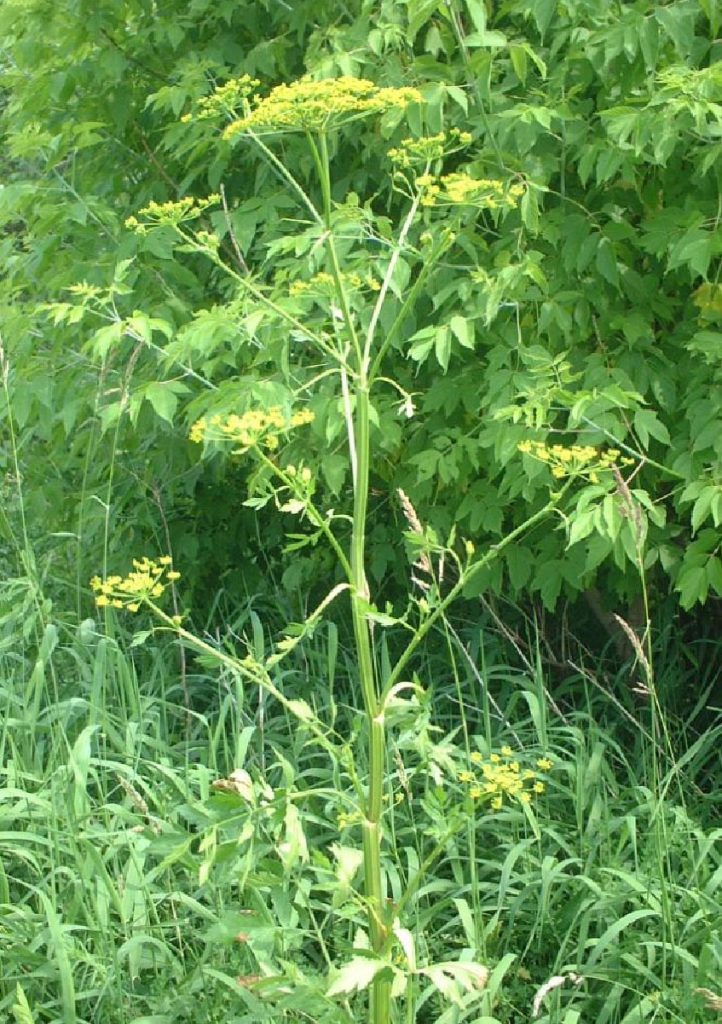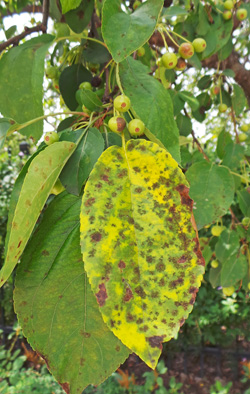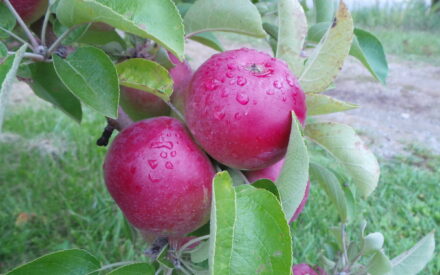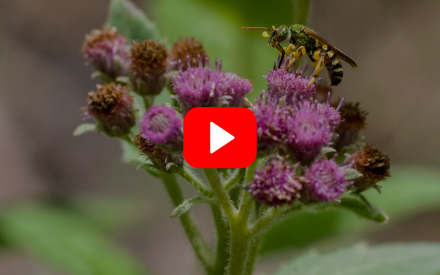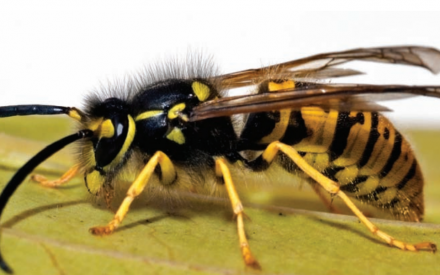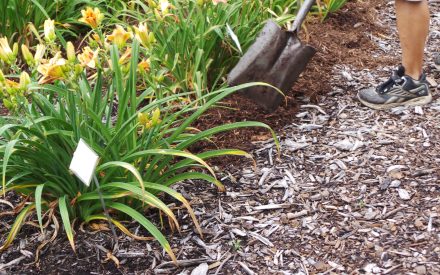UW Lab Lens
Pests and Pathogens of the Week
Each week, plant and insect experts at UW-Madison share highlights from the samples they receive from around Wisconsin. These include plant diseases, insect pests, and other problems submitted by gardeners, farmers, and plant professionals. The UW Lab Lens offers a summary of what’s being seen and where, to help you stay ahead of potential issues in your own garden or landscape.
Featured Programs

Growing and Caring for Plants in Wisconsin: Foundations in Gardening
An online, self-paced course where you learn key concepts for selecting, growing, and maintaining plants

Ask Your Gardening Question: LIVE
Register for an upcoming Q&A session, connect with plant health experts from the UW-Madison Division of Extension, and get answers to all your plant questions!

New to gardening?
Gardening and learning to grow your own food provides many benefits, but we know it can be a bit intimidating when first starting out.
Check out our New Gardener Resources to get your Wisconsin garden started quickly and easily.
Latest Horticulture News
Timely Articles for Summer Gardens
Stay Up to Date with Us
Subscribe to Our Newsletter
We send our newsletter on the first Friday of every month.
Sign up to receive updates in your inbox!
